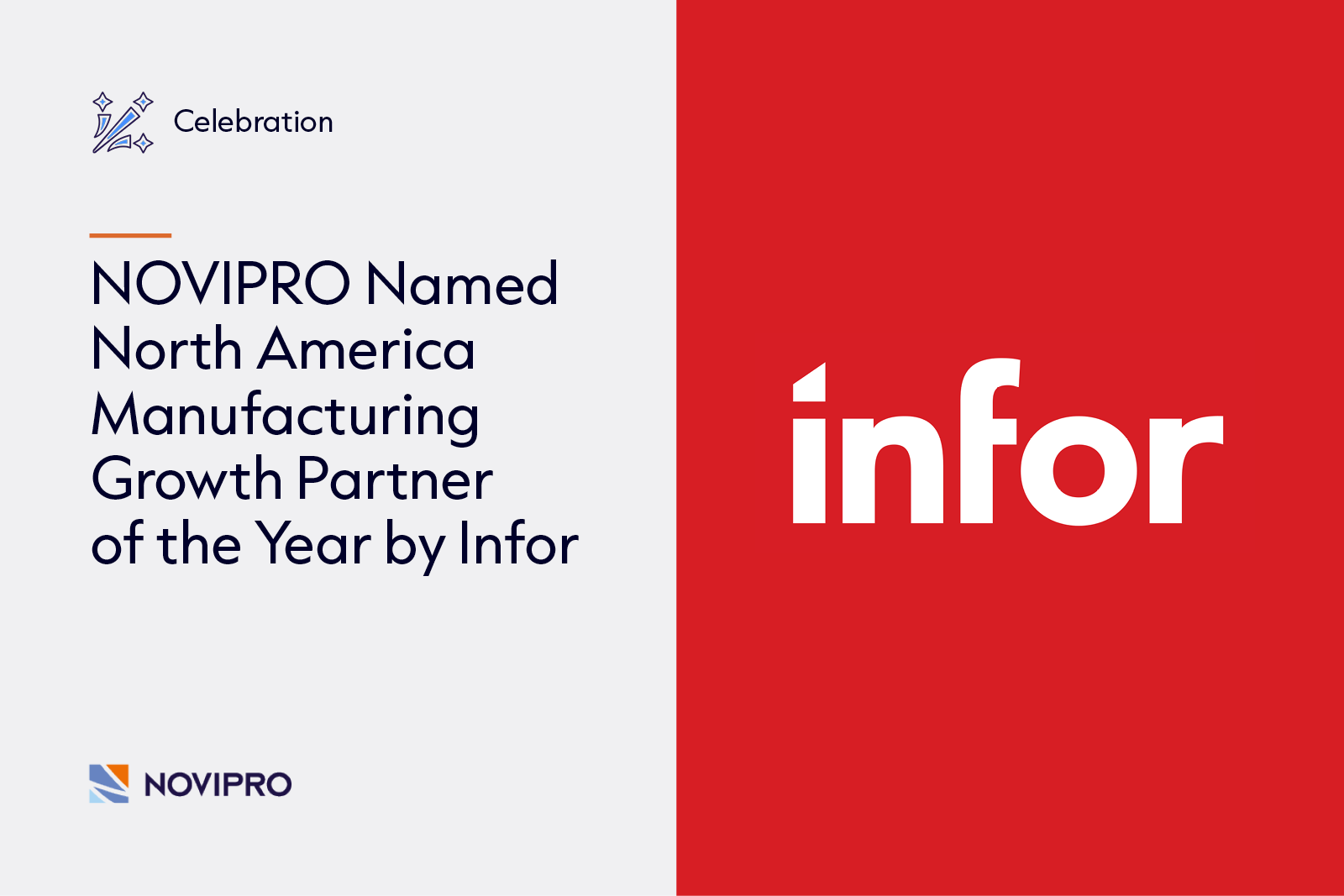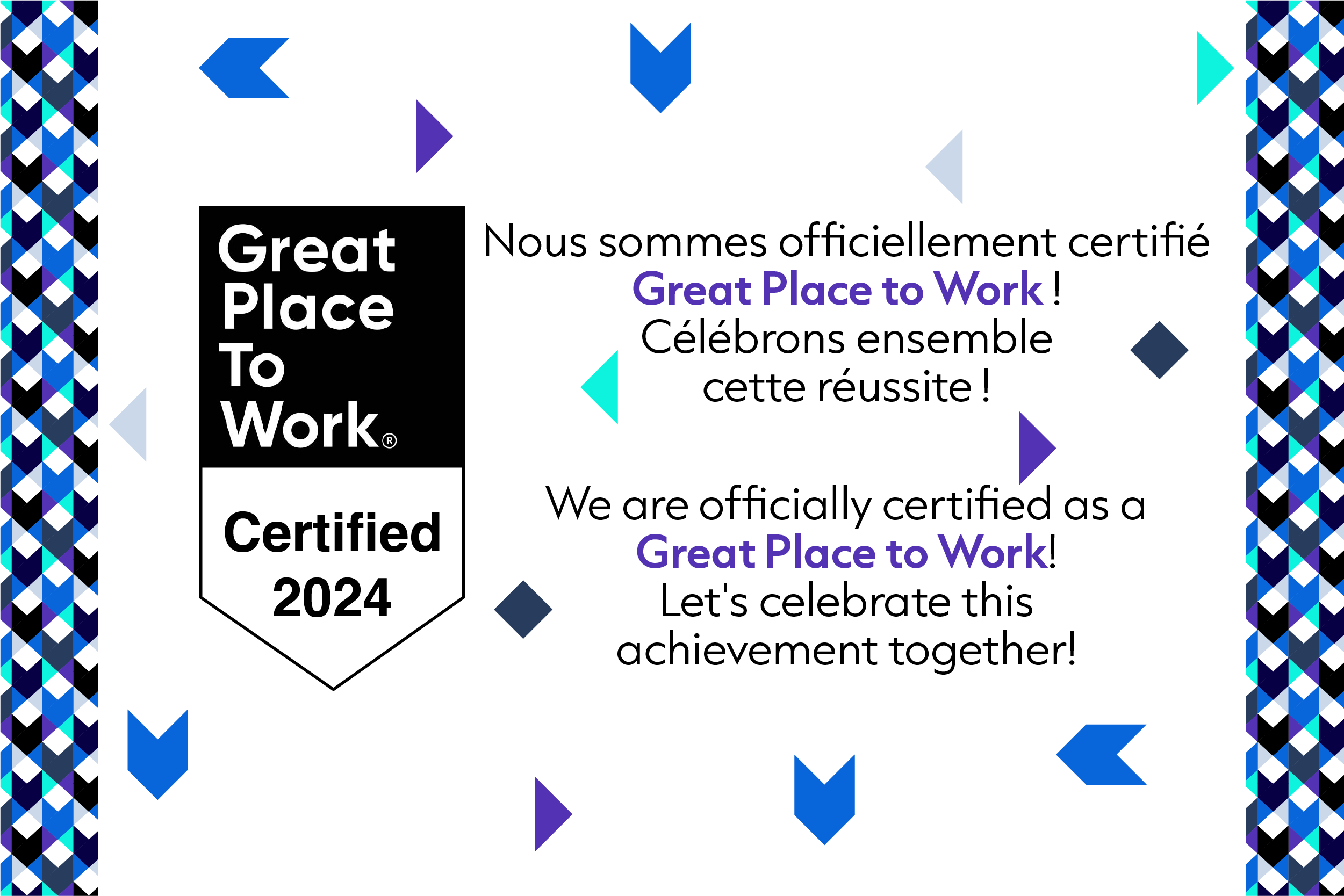The everyday life of a company, no matter how big or small, revolves around the pursuit of business objectives aimed at ensuring profitability and long-term viability. One of the ways companies do this today is by optimizing their IT infrastructure using advances in cloud computing. Infrastructure unification and standardization responds to this need. Here’s how.
Nowadays, small and medium-sized businesses are turning to technology to accelerate their market entry, adapt to change, cut down on costs and guarantee the security of their IT tools and data. However, progress is moving so quickly and the solutions on offer are so diversified that traditional IT infrastructure can appear obsolete and struggle to keep up.
Organizations’ infrastructure is often fragmented and compartmentalized, with different people responsible for different systems. “You try to put it all together, you reinvent it each time, but that puts a burden on operational management and leads to security breaches because you’re working in several distinct environments,” explains Ousseni Dabonne, who heads the Technological Solutions teams at NOVIPRO.
The solution: standardization through unification
The solution to these challenges has been found—and proven—by tech giants like Amazon and Google. These corporations have IT architectures that can incorporate updates without slowing down business or threatening security. However, these systems require high-calibre investments that very few smaller businesses can afford.
Companies that unify their computation, storage, network, security and automation operations under a single platform—what some call hyperconverged infrastructure—free themselves from having to manually perform integration tasks on their infrastructure, a bit like tech giants Google, Amazon, Facebook or Apple.
And solutions for small and medium-sized businesses exist. One of them, the VCF (VMware Cloud Foundation) platform, helps facilitate standardization and unification. “The management tools on the platform are unified, which helps prevent manual errors during integration,” Ousseni Dabonne explains. “In a way, the private cloud VCF solution offers the same thing for businesses that Amazon does on the public cloud.”
Developing capacities and advantages
The VCF solution automates the component lifecycle by performing updates without causing service interruptions, delays or the need for technical support.
Security is also enhanced thanks to the micro-segmentation of workloads, automation and absence of breaches in the unified environment, unlike with fragmented infrastructure. “Experience also shows that there are much fewer security incidents with unified and standardized infrastructure than with infrastructure that is compartmentalized,” says Ousseni Dabonne.
These solutions help accelerate the development of applications. “VCF eliminates biases that circulate between different silos. In addition, fewer people are involved, which helps reaction time, automation and standardization,” the technical solutions specialist says.
All companies need to consider the transition to hyperconverged infrastructure. “Those that have begun their digital transformation will find effective solutions and will reach their objectives faster.” Since the solution is scalable, the degree of automation will increase over time. This solution proves that sometimes, it’s good to put all your eggs in one basket!
To learn more about the VCF solution, read the e-book Three compelling reasons to consolidate on hyperconverged infrastructure.








